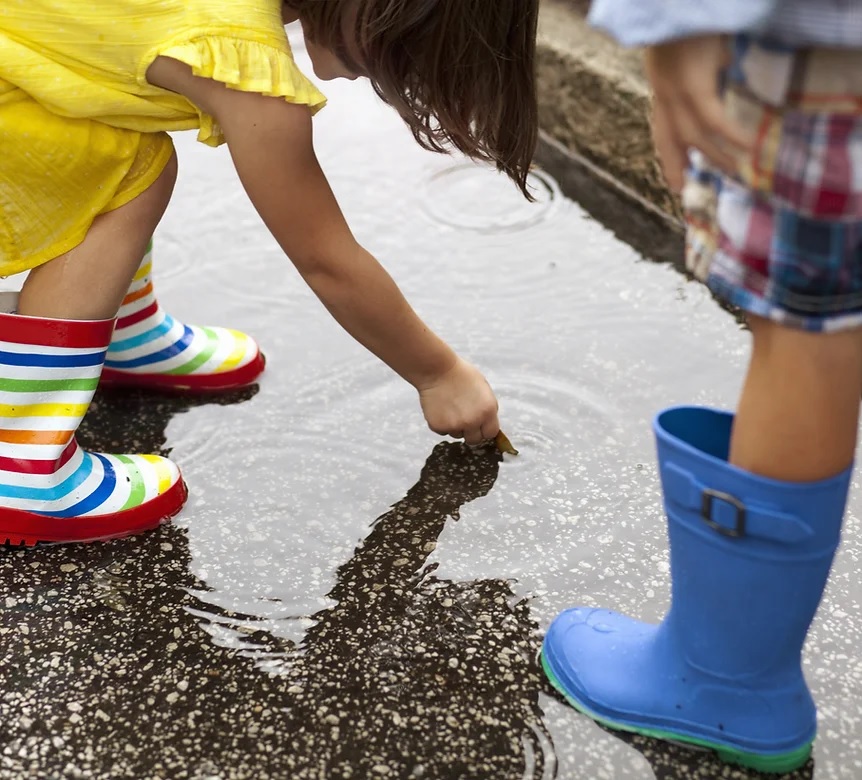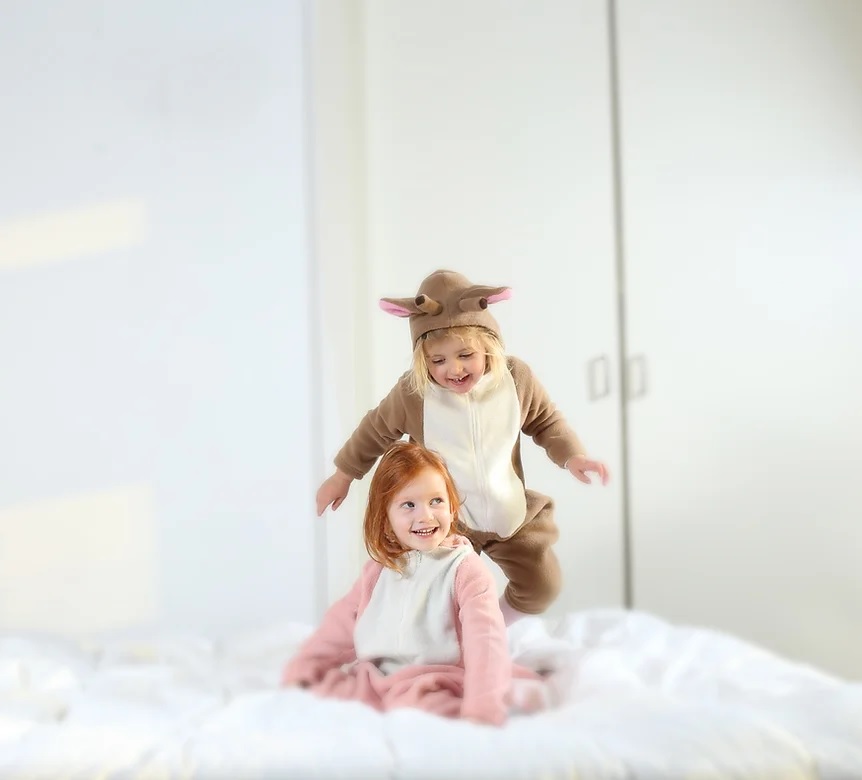
RECEPTIVE LANGUAGE
- Following more complex two part commands, for example, “touch your nose and give me the apple”
- Understand simple ‘wh’ questions, including “what,” “where” and “who”
- Points to a large number of noun and verb vocabulary images
- Understands adjectives such as same/different, big/little, wet/dry and open/close
- Understands spatial language concepts such as in/out, top/bottom, up/down, on/off and over/under
- Understands quantity language concepts such as more/less, one/many, empty/full, lots/none
- Sorts items into groups when requested, such as ‘food’ and ‘clothes’
- Understands functions of objects, such as the car drives
- Recognises colours and understands genders
EXPRESSIVE LANGUAGE
- Produces two-four word sentences
- Answers yes/no questions
- Uses various words for names, actions, locations and descriptions
- Asks many ‘wh’ questions, including “what,” “where,” and “who”
- Names a large number of pictures and actions
- Refers to things in the past using ‘-ed’ past tense, for example, “she swimmed”
- Produces present tense ‘-ing’ when required, for example, “walking”
- Produces words such as “the,” “is” and “a”
- Engages in conversation, but may not be able to stay on topic or turn-take effectively
- Speech is 75-100% intelligible by strangers



